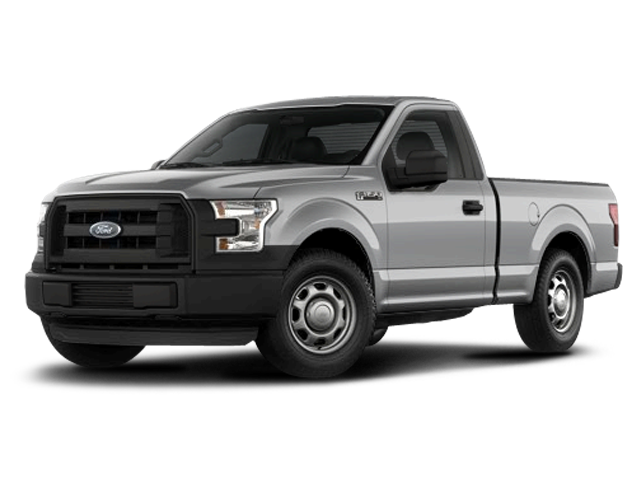“The material is not hard to come by,” says Peter Friedman, Manager of Manufacturing, Research and Advanced Engineering at Ford.
He’s speaking, of course, about aluminum a buzzword not only at Ford but across the whole auto industry these days. That’s what happens when one of North America’s bestselling vehicles -- the Ford F-150 -- gets set to soldier on into 2015 and beyond with a body constructed of the world’s third most abundant element.
It’s understandable that Friedman would want to point to this, with so many reports surrounding the release of the 2015 truck focusing so heavily on what it would take to actually make an aluminum truck feasible. Ford needs to assuage those fears in the industry.
Feasible it is, according to Friedman, who points to Ford’s focus on material recycling at the Rouge River plant in Dearborn, MI, the larger of two F-150 production facilities. Ford will have started prepping the second plant in Kansas City, MO for aluminum fabrication by the time you read this.
“It only takes 5% of the energy to recycle aluminum as it takes to refine new bauxiste,” he says, speaking of the raw aluminum ore found in the Earth’s crust. That’s a big deal, considering only about 60% of a sheet of aluminum is used for cutting; the rest would just be scrap, a terrible waste of resources when it would be so easy to just recycle them.
If that’s not enough, know that a recent survey conducted by Ducker Worldwide showed that by 2025, 7 out of 10 new pickups will be aluminum-bodied. Reports are that General Motors has already signed agreements with aluminum producers. When the next-gen Chevrolet Silverado debuts in 2018, expect it to be done in aluminum.
It’s also important to consider that aluminum’s recyclability is a quality that we haven’t seen much of in the auto industry.
“Steel doesn’t have the same intrinsic recyclability of aluminum,” says Kristina Adamski, Corporate Communications Manager of Manufacturing at Ford. She spends her time on the front lines of F-150 production at the Rouge plant, located just outside of Ford’s world HQ in Dearborn.
Although it’s been reduced from its original 1928 girth, the Dearborn HQ remains an impressive beast; when there’s only two factories in the world that are tasked with building F-150s, you can understand why. Thanks to F-150 production -- and to the fact that the plant has produced everything from Model T parts to Mustangs -- it was introduced to visiting members of the media as “the centre and heart of the Ford family.”
While its largesse remains impressive, perhaps more notable is just how quickly the Dearborn plant was changed over from a producer of steel-bodied trucks to aluminum ones. That meant new cutting machines, new robots, and new bonding techniques -- required for aluminum work -- to be installed, and quickly, lest Ford risk a major production gap in such an important model (over 500,000 F-150s were produced in 2013).
However, while some industry analysts claimed in the months leading up to the production of the 2015 F-150 that Ford would lose 90,000 trucks during the closure, Adamski and Friedman are adamant that production remained on schedule and that any delays are no different from what’s normally seen when an all-new model is introduced.
“It’s taken a huge effort,” says Friedman, “but we’re really not out of market any more than we would have been for a normal conversion.”
It’s a good thing, too, because other manufacturers have increased incentives and performed a marketing blitz in hopes of grabbing customers that need their trucks more quickly.
When owners do eventually get their hands on the new F-150, they will have the feathers in their caps pertaining to their early adoption of an upcoming industry trend.
The last, final bullet point about all this is that while there are a plethora of options for more efficient pickup trucking out there -- and Friedman insists they workshopped all of them from cylinder deactivation to diesel power, and even hybrid tech -- aluminum construction was the way to go.
“When you do that light-weighting,” he explains, “every [buyer] gets it, while only a minority of buyers will get the advantages of a diesel.”
In the pickup world, where customers are spoilt for choice, this switch to aluminum may just make the buying process -- especially for first-time buyers -- that much easier. Then, when you consider how diesel prices aren’t falling at the same rate gas prices are Ford’s decision seems that much more significant.






